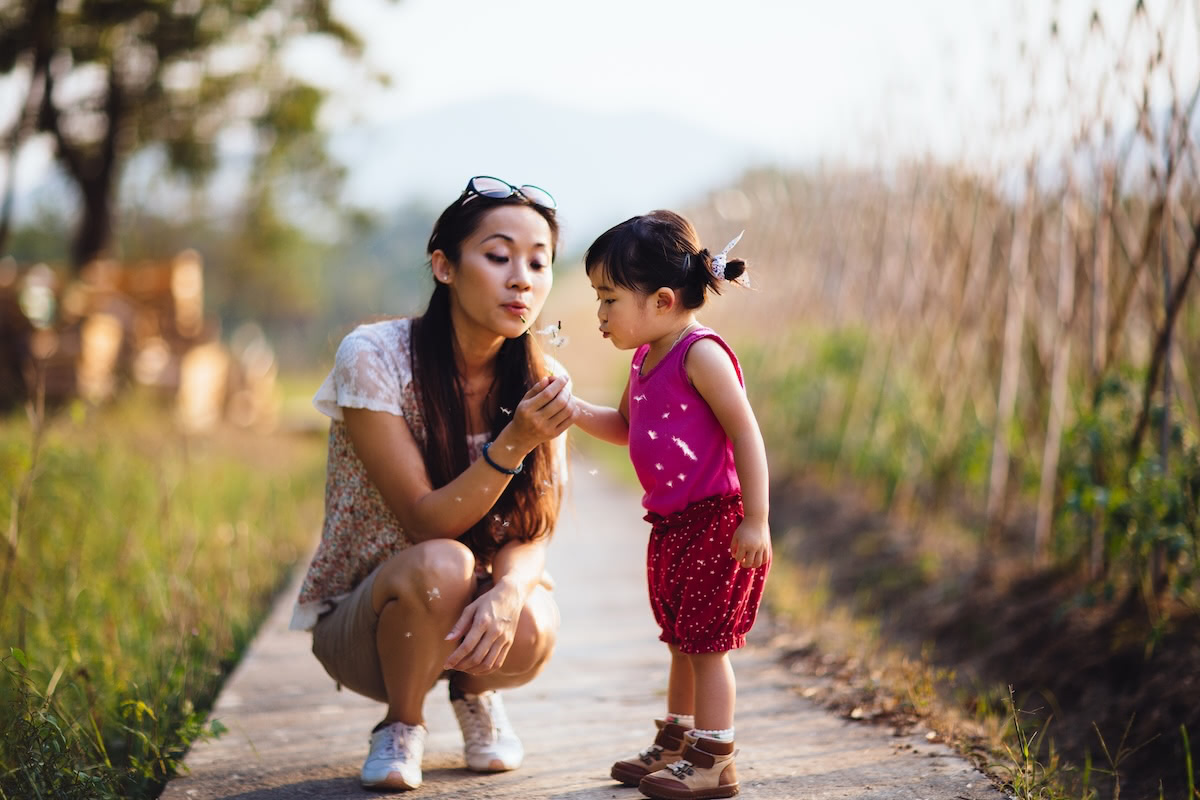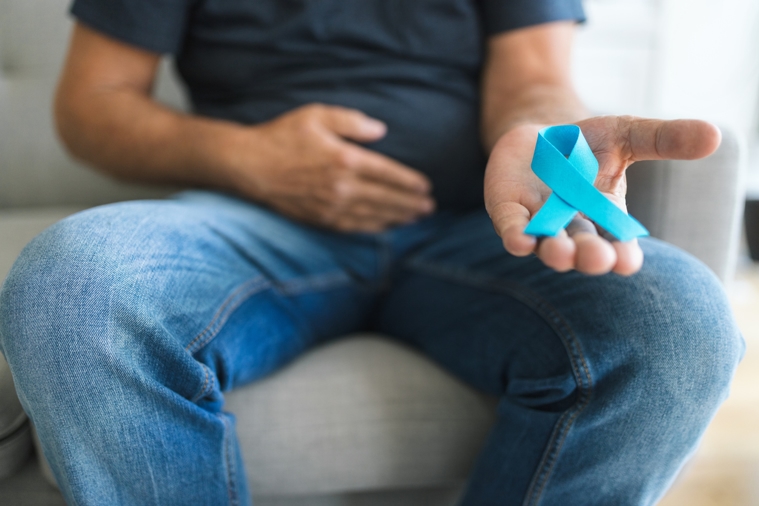How to Have Fun in the Sun Without Getting Stung
Jan 13, 2025

Some simple precautions and quick treatment can help keep bug bites from spoiling your summer plans.
Summertime, and the living is easy: The kids are out of school, and the weather’s perfect for swimming, hiking or cooking out. Just don’t forget the bug spray, or the living can quickly become uncomfortable. The lakes, mountains and woodlands that lure people in droves in warm weather are also home to (and hunting grounds for) bugs, from ticks and fleas to poisonous spiders and mosquitoes that may carry infectious diseases.
While most bug bites aren’t serious, it’s important to have a few remedies on your radar, along with some other summer safety tips.
Get the scoop on how to prevent bites and stings, facts about common biting insects and some at-home treatment options.
How to Prevent Bug Bites
To protect yourself and help ensure that your time in the sun is indeed fun, Adventist Health providers and health authorities including the Centers for Disease Control and Prevention recommend the following precautions:
- Use U.S. Environmental Protection Agency-approved repellents such as DEET and picaridin.
- Wear closed-toe shoes, pants and loose-fitting long-sleeved shirts.
- Avoid fragrances and scents that may attract bugs.
- When eating outdoors, cover food and store it properly.
- Seal small openings, holes and cracks around your home to keep out insects.
- Examine yourself and your children for bites after spending time outdoors, especially if you were in the woods.
- Check gear, clothing and pets for ticks (no one wants Lyme disease!) and scorpions once you come indoors.
Why Do Bug Bites Itch So Much?
Even if you don’t feel the initial pain of a bug bite or sting, you’re likely to notice the itching afterward. It’s caused by the saliva that the insect injects into your skin and your body’s response. Your immune system fights off substances in insect saliva with tools including histamine, which causes swelling, inflammation and itchiness. If you respond to the discomfort by scratching, that can aggravate the bite, making the itching worse and increasing the potential for infection.
While many insect bites cause only minimal aftereffects, such as redness and mild discomfort, some can have more severe consequences and require medical treatment. Below is a look at common sources of bites, their risks and treatment options.
Bees and Wasps
Stings appear red and swollen, often with white spots in the center. The main difference between the two is that most bees die after stinging, while wasps don’t.
- Treating bee stings: If the stinger remains in your skin, gently scrape it away with a piece of gauze. Don’t squeeze the stinger, since that may release more venom into your skin. Next, wash the area with soap and water, dry thoroughly and use a cold pack to relieve pain.
- Treating wasp stings: Apply a cold compress for 10 minutes, remove it for 10 minutes, then reapply, repeating the process for up to an hour. Wasps are routinely exposed to the bacterial toxin tetanus and could infect you when they sting. You may need a tetanus vaccine booster if more than 10 years has passed since your last one.
- Allergy risks: Seek medical attention if you’re allergic to bee or wasp stings, whose effects can be life-threatening. Symptoms of a severe reaction include hives, itching, flushed skin and difficulty breathing.
Fire Ants
Bites and stings from these insects, which are red, brown or black, may be red and swollen after a few days, and the itching and pain can continue for up to a week. When a fire ant stings, it attaches to the skin and stings multiple times, leaving a circular or semicircular wound pattern.
- Treating fire ant bites: Clean the area with mild soap and water to lower your risk of infection. Cold compresses may help with discomfort, and over-the-counter antihistamines may relieve itching. Avoid scratching a fire-ant bite; that could cause scars.
- Allergy risks: An allergy to fire ant bites can be life-threatening and requires medical attention. Symptoms of a severe reaction include dizziness, a drop in blood pressure and trouble breathing.
Fleas
About 2.5 millimeters long, these reddish-brown insects bite humans as well as dogs, cats and other mammals. Flea bites usually appear in a straight line or a cluster of small, bleeding bumps, most commonly on people’s legs, feet or ankles.
- Treating flea bites: First aid consists of over-the-counter antihistamines and hydrocortisone cream. Try to avoid scratching if you can — but if the bite develops pus from scratching, consult a doctor.
Mosquitoes
These insects breed in areas with stagnant water, including ponds, ditches and even mud puddles. Only female mosquitoes bite, feeding on blood from animals or humans before laying eggs. The bumps they leave behind, with a puffy red center, are caused by an allergic reaction to mosquito saliva.
- Treating mosquito bites: Most bites can be treated with over-the-counter hydrocortisone or antihistamine creams to relieve itching.
- Allergy risks: If a severe reaction occurs — with symptoms such as hives, a low-grade fever or swollen lymph nodes — consult a healthcare provider.
- Disease transmission risks: Mosquitoes may carry harmful viruses, including dengue, Zika and West Nile, which can have potentially deadly effects such as encephalitis and meningitis. The best way to prevent these diseases is to avoid mosquito bites, the CDC says, through steps including treating clothing and gear with the insecticide permethrin and controlling mosquitoes indoors and outdoors.


